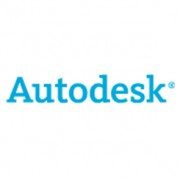Autodesk Expands Power of AutoCAD 2011 with New Point Cloud Support

“We have also implemented many of the top features requested by Autodesk User Group International (AUGI) members and focused on providing new tools that are quick to learn but can have a big impact in everyday work.”
“In the 2011 releases we have continued to invest in increasing drafting productivity and have added a strong set of new 3D modeling features for conceptual design that will help millions of AutoCAD users worldwide take their designs further,” said Guri Stark, vice president, AutoCAD and Platform Products. “We have also implemented many of the top features requested by Autodesk User Group International (AUGI) members and focused on providing new tools that are quick to learn but can have a big impact in everyday work.”
AutoCAD 2011 gives designers more advanced conceptual design tools as well as increased flexibility and control when designing in 3D:
- New surface modeling tools enable users to easily create smooth surfaces and surface transitions, while associativity maintains relationships between all of the objects.
- Point cloud support for up to two billion points enables users to quickly visualize scanned objects directly within the modeling workspace.
- Inferred constraints enable designers to define constraints as they draw.
- Hatch command enhancements bring improved drafting efficiency, while new gradient hatch patterns enable users to add more colors and shading to drawings.
- TimeSaver tools, previously available only to customers on Autodesk Subscription, are now available to all AutoCAD users.
AutoCAD LT 2011 builds on its reputation for productivity with new commands that make everyday tasks more efficient. In addition to the hatch command enhancements and TimeSaver Tools found in AutoCAD 2011, AutoCAD LT 2011 adds new tools that give users additional options for controlling the appearance of drawings:
- Transparency for objects and layers provides new options for managing the appearance of drawings and communicating design intent.
- New multifunctional polyline grips make editing polylines significantly faster and easier.
- The ability to create or select similar objects based on the properties of existing objects helps users save time when drawing and editing geometry.
Industry Solutions for the AutoCAD 2011 Products
The updated AutoCAD 2011 software portfolio includes the following industry-specific applications built on the AutoCAD platform:
- AutoCAD Architecture 2011 software for efficient architectural drafting and documentation has new geometric and dimensional constraints and renovation tools to help accelerate design.
- AutoCAD Electrical 2011 software helps electrical controls designers to quickly create control system designs and easily access extensive catalog information for large electrical controls projects.
- AutoCAD Mechanical 2011 software’s streamlined design environment gives users vastly improved access to power dimensioning functionality, which automatically aligns part dimensions with the rest of the drawing properties, without ever opening a dialog box.
- AutoCAD MEP 2011 software provides greater drafting productivity for mechanical, electrical and plumbing (MEP) designers and drafters and has new features for creating and storing AutoCAD block names, sloped piping and parallel conduit routing.
Availability
Product availability varies by country. Details and purchasing options are available at www.autodesk.com/purchaseoptions.
About Autodesk
Autodesk, Inc., is a world leader in 2D and 3D design, engineering and entertainment software for the manufacturing, building and construction, and media and entertainment markets. Since its introduction of AutoCAD software in 1982, Autodesk continues to develop the broadest portfolio of state-of-the-art software to help customers experience their ideas digitally before they are built. Fortune 100 companies — as well as the last 15 Academy Award winners for Best Visual Effects — use Autodesk software tools to design, visualize and simulate their ideas to save time and money, enhance quality and foster innovation for competitive advantage. For additional information about Autodesk, visit www.autodesk.com.
Autodesk, AutoCAD and AutoCAD LT are registered trademarks or trademarks of Autodesk, Inc., and/or its subsidiaries and/or affiliates in the USA and/or other countries. Academy Award is a registered trademark of the Academy of Motion Picture Arts and Sciences. All other brand names, product names or trademarks belong to their respective holders. Autodesk reserves the right to alter product and services offerings, and specifications and pricing at any time without notice, and is not responsible for typographical or graphical errors that may appear in this document.
© 2010 Autodesk, Inc. All rights reserved.

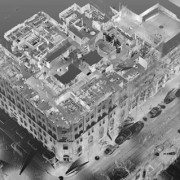
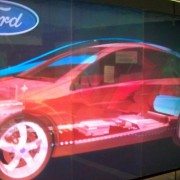
 Three-dimensional space is a geometric model of the physical universe in which we live, work and are now entertained. Television manufacturers are quickly working to release the 3D-capable broadcasts that cable and satellite providers are already offering. For example, the 2010 Masters will be broadcast live in 3D on CBS, April 8-11. 3D movies used to be a rarity, but are now found weekly in theaters across the nation.
Three-dimensional space is a geometric model of the physical universe in which we live, work and are now entertained. Television manufacturers are quickly working to release the 3D-capable broadcasts that cable and satellite providers are already offering. For example, the 2010 Masters will be broadcast live in 3D on CBS, April 8-11. 3D movies used to be a rarity, but are now found weekly in theaters across the nation.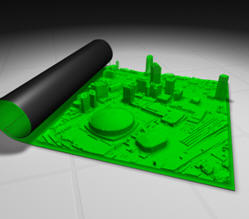
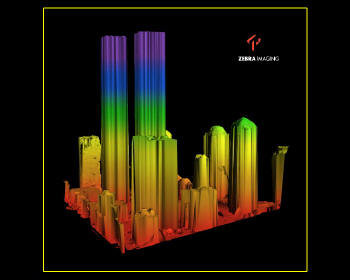
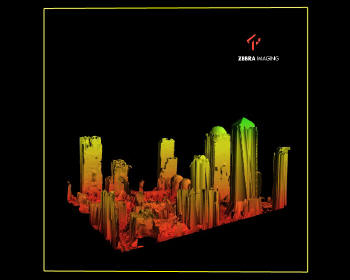

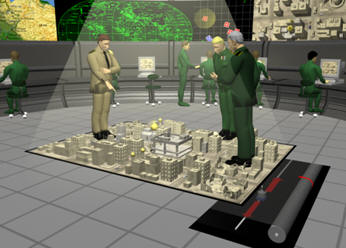


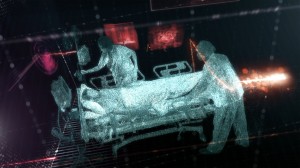

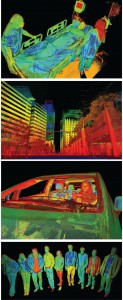
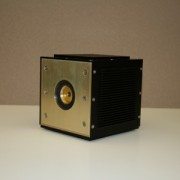


 Presented by: Executives from Spar Point research, Pointools, and Bentley
Presented by: Executives from Spar Point research, Pointools, and Bentley
